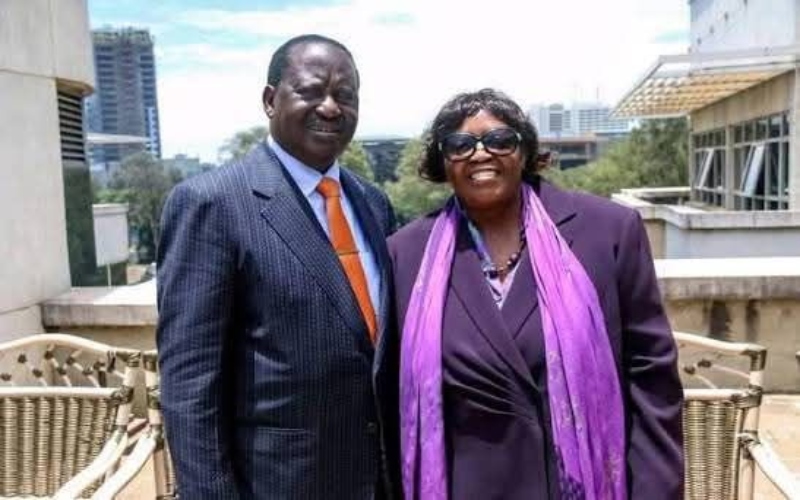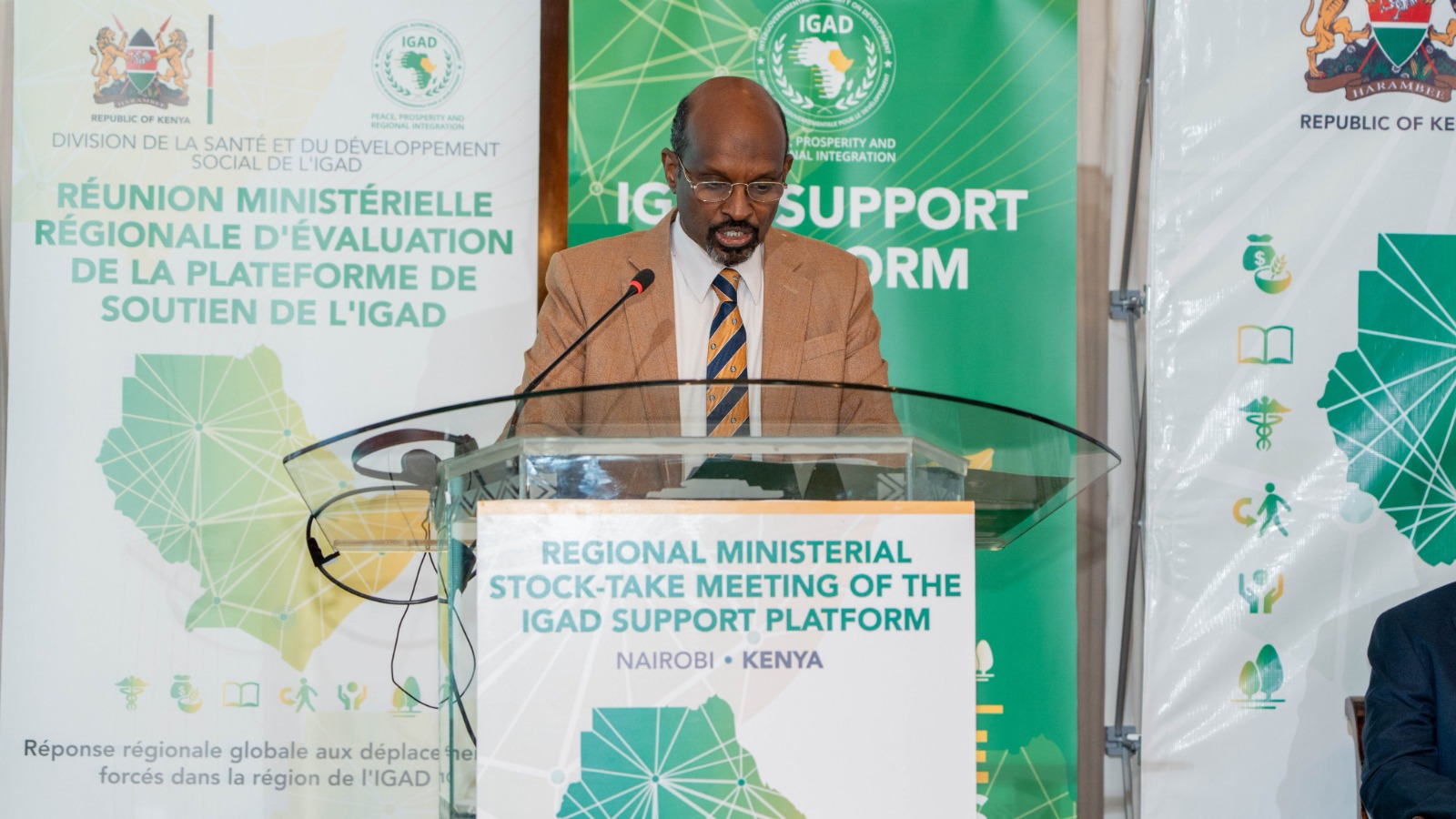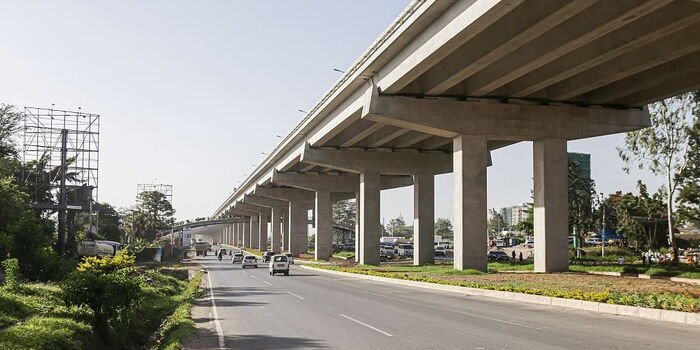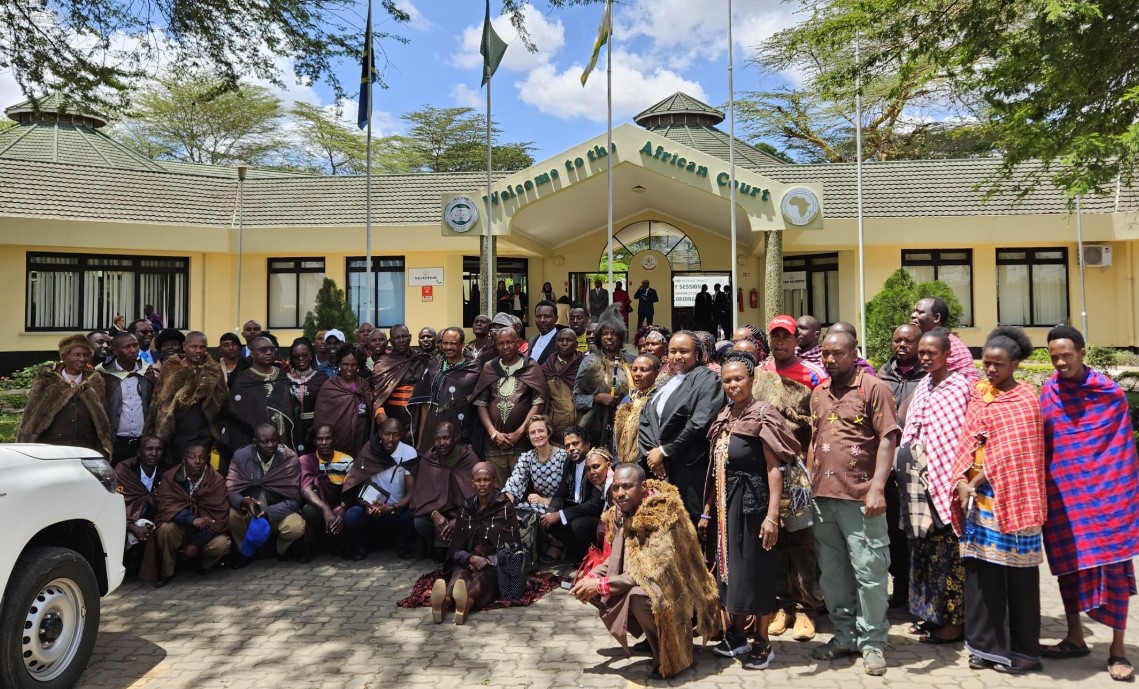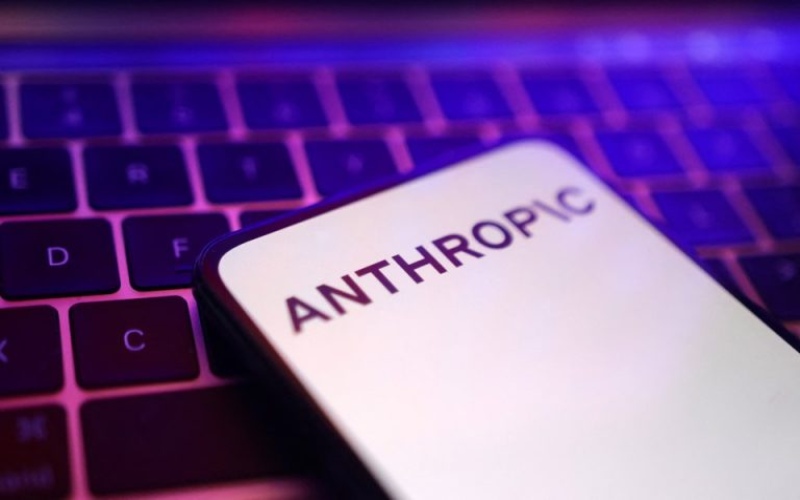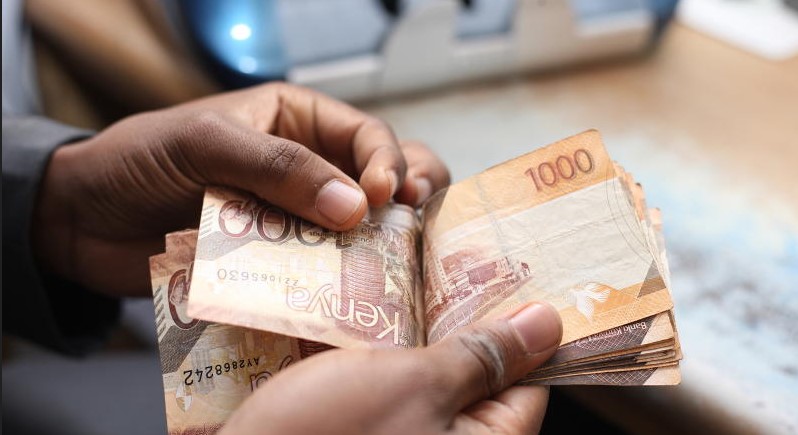Egypt reopens Pharaoh Amenhotep III’s tomb after 20 years of restoration
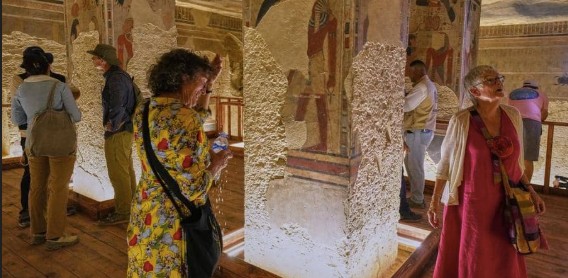
The reopening forms part of Egypt’s broader effort to promote heritage tourism, which contributes nearly 12 per cent of the nation’s GDP.
Egypt has reopened the ancient tomb of Pharaoh Amenhotep III in the Valley of the Kings after more than two decades of restoration, offering visitors a rare look inside one of the most opulent burial sites of ancient Egypt.
Known as WV22, the tomb belonged to Pharaoh Amenhotep III, who ascended the throne as a teenager and ruled from 1390 to 1350 BCE, during a golden age of Egyptian power and cultural achievement.
More To Read
- Climate crisis imperils 43 per cent of world heritage sites, says IUCN
- Egypt's Khaled el-Enany nominated as UNESCO’s director-general
- World Teachers’ Day 2025: UNESCO warns poor support systems are driving teachers out of the profession
- UNESCO unveils virtual museum of world's stolen cultural objects
- Africa’s Sh905 billion book industry faces challenges despite growth potential - UNESCO
- UNESCO urges dialogue as world marks day for remembrance of slave trade, abolition
His reign was defined by monumental building projects and far-reaching diplomacy across Nubia and Syria. The tomb extends 36 meters deep into the rock, leading to a central burial chamber with adjoining rooms believed to have been intended for his Great Royal Wife, Tiye, and daughter, Sitamun.
Natural erosion
Discovered in 1799, WV22 lies on the west bank of the Nile opposite Luxor. Over the centuries, it suffered from natural erosion, structural weakness, and looting. Many of its original treasures, including the pharaoh’s sarcophagus, were taken long ago.
Amenhotep III’s mummy was later relocated by ancient priests to the tomb of his grandfather, Amenhotep II, also in the Valley of the Kings. The severely damaged mummy is now displayed at the National Museum of Egyptian Civilisation alongside 16 other royal mummies.
Despite centuries of damage, WV22’s walls still showcase some of the finest art of the Eighteenth Dynasty, depicting Amenhotep III in scenes with gods such as Osiris and Ra.
The restoration, led by a Japanese-funded team in collaboration with UNESCO and Egypt’s Supreme Council of Antiquities, brought together more than 260 archaeologists, conservators, and technicians.
The team used advanced imaging and precision stabilisation techniques to preserve fragile murals, many of which were deteriorating from humidity.
“This was incredibly delicate work. The tomb had suffered from structural instability and moisture damage. In some places, pigments were literally falling off the wall,” said Mohamed Ismail Khaled, Secretary-General of the Supreme Council of Antiquities.
The reopening forms part of Egypt’s broader effort to promote heritage tourism, which contributes nearly 12 per cent of the nation’s GDP. It also comes just weeks before the highly anticipated opening of the Grand Egyptian Museum near the Giza Pyramids on November 1.
Top Stories Today
